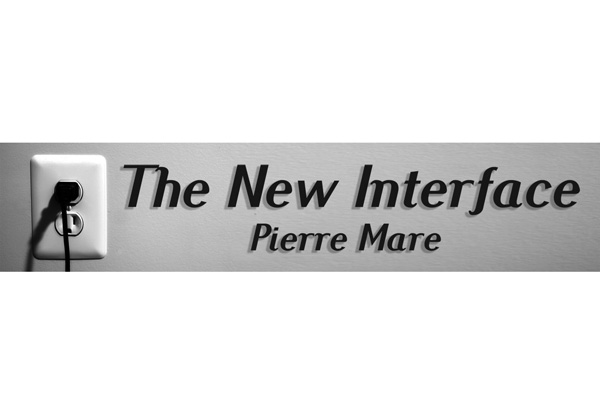
Importance of timing

I am often asked to do jobs at very short notice. In many cases, there is a degree of what appears to be naivety. The idea that comes across is that some people believe that communication is little more than mystical creativity, that involves throwing ink at paper, which shouldn’t take more than a few minutes, so tomorrow should be entirely possible.
Realism says that a job should be planned to get the job done well, in a competent fashion. If it is rushed, the chances of work that misses the objective, and errors in production, are higher. In order to spell it out there are seven phases worth working with.
The first phase should be the briefing. The briefing should be clear, stating the objective and the target market, as well as the form of the material. Allow time for the agency to get an understanding, and question that understanding to ensure that it is correct. The more briefings the agency receives, the quicker this process will go.
The second phase is a period which the agency needs to think through the job. In this phase, there may be questions about the actual work, as well as observations about timing, the media and the nature of production. There should also be a quotation for the work in this stage.
Once the quote is approved, the early work begins. In this third stage ideas will be put on paper and forwarded to the client. It is absolutely critical to address all concerns and make all suggestions about the material. The client should also allow himself or herself time to think. Everything must be addressed clearly and specifically, or several rounds of changes on designs may result. Design changes can delay jobs badly.
When the early creative approach has been approved, allow time for production in a fourth stage. This will vary from job to job. An ad using stock photography can proceed quickly, but an annual report may take weeks.
Depending on the complexity of the job, also factor in the need for time to make changes in phase five. If the briefing phase was correct, and all parties were adequately consulted in the presentation of early work, then the changes should be entirely manageable. If not, changes get added by multiple parties, and the dreadful situation of changes to changes will occur.
Probably the most important piece of advice I can offer in this regard is to use one point of contact only, to take responsibility for collating and agreeing to changes before they are given to the agency. If the changes are unmanaged, the agency may become frustrated, and may also exercise the option to start stacking up the hours on the invoice. If that option is not open to the agency, expect a significantly higher quote on the next job.
Once the main body of the work is concluded, allow for a potential sixth stage to prepare the work internally. In the case of print jobs, the work can usually be prepared at very short notice. If there are outside suppliers, they will need to be briefed and material will need to be prepared for them.
The seventh stage is production. In the case of most print material it can simply be mailed in PDF format. If a printer is involved, this will obviously take time, depending on the printer’s job schedule and the size of the print run. Radio and television should allow for the first production, followed by changes.
There are several tactics that can make timing of jobs more effective. The first is to ask the agency for its own internal deadlines, and factor in your own internal deadlines into that. Then agree to timeline to get the job to the end of phase five changes.
The agency will be able to give a rough estimate on timelines to prepare the work internally and for external production. However this is beyond the control of both the agency and the client, so make provision for variable timing and launch of the campaign.
Given the cost of communication, jobs that are rushed are a risk. Take a good look at the process and get better results with good timing.









































